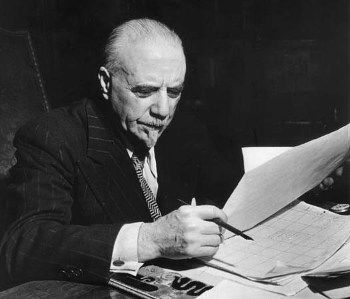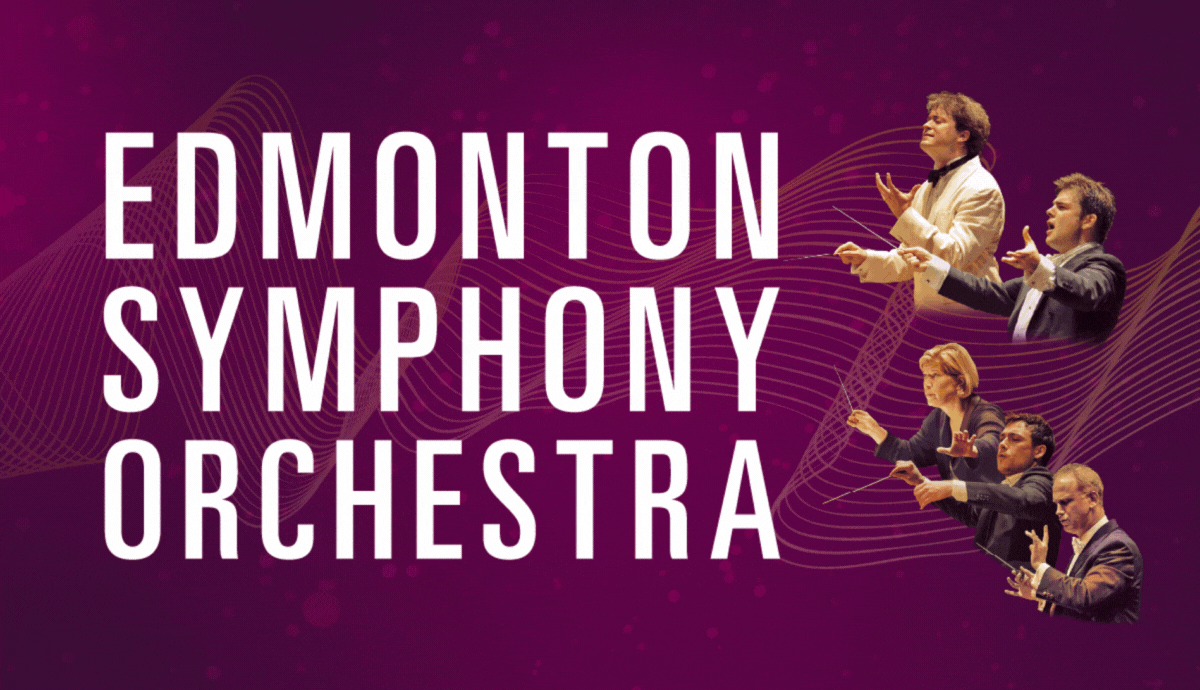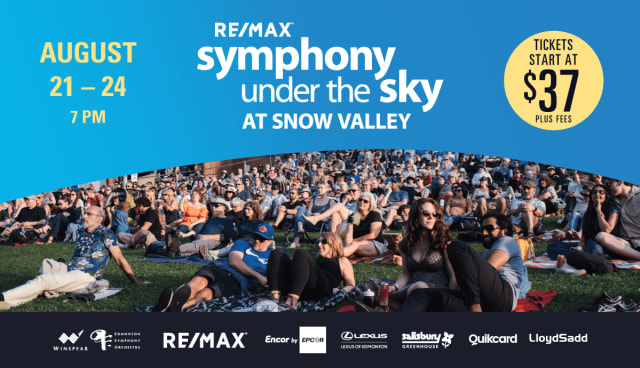“A glorious and crashing noise”
December 7, 2017

The more a work is considered a “masterpiece,” the more we think of its notes, its staves, its Italian tempo markings, as carved in granite – not to be altered in any way beyond the tasteful limitations of artistic interpretation. And the more iconic the work, the more untouchable it would seem to be.
Which is nonsense.
Not even the composers of these works – and perhaps the composers most of all – thought of their music as etched in stone. I mean, when you think about it, before the age of recording, any performance of a piece of music was a one-off, never to be heard that exact same way again. So a practical composer would do pretty much whatever was needed in order to bring a performance of their music to the public. And George Frideric Handel was a very practical man.
Take Messiah, for instance. There are few works as revered, as honoured, as well-known, as his oratorio. Yet not only has it been performed in countless iterations – many of them were Handel’s own re-writing. One performance might have a particularly gifted soprano, for instance, so Handel thought nothing of writing a new aria especially suited for her to sing. If the tenor couldn’t handle another aria, Handel would re-cast it for the mezzo, for example.
Handel had no expectation that his oratorio would outlive him, and so the work handed down to posterity has been a playground for the inventions of others. Mozart did his own re-orchestration of Messiah for a private performance of the work in 1789. Through the years, pretty much any conductor who took on the work felt free to make alterations to suit the orchestral forces available, the musical tastes of the day, or to “improve” on Handel’s own work.
This will, undoubtedly, be a Messiah with colours, textures – and grand gestures – that our now historically-informed ears will find unusual. But that’s the point of doing it – that’s part of the fun! Join us for Messiah on Friday & Saturday, December 15 & 16. at 7:30 pm, and a shorter, “highlights” version on Sunday, December 17 at 2 pm.
D.T. Baker



